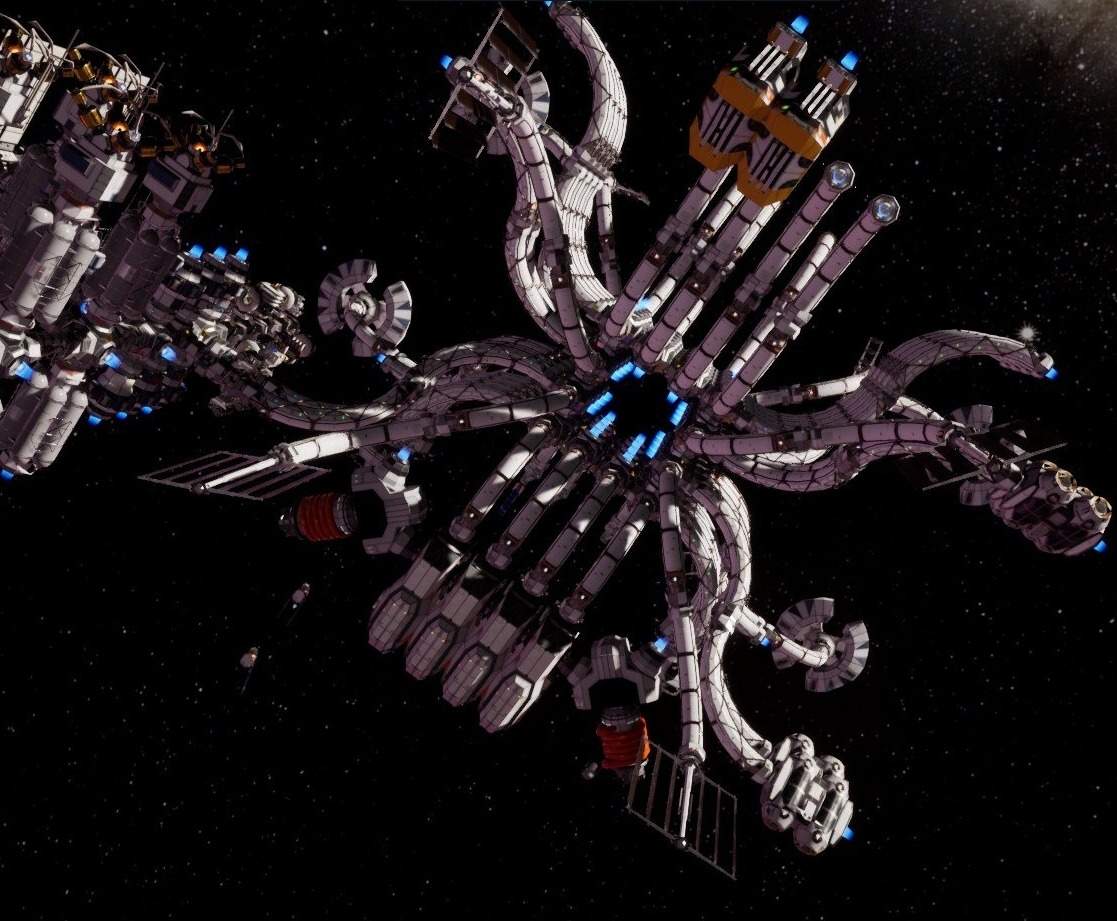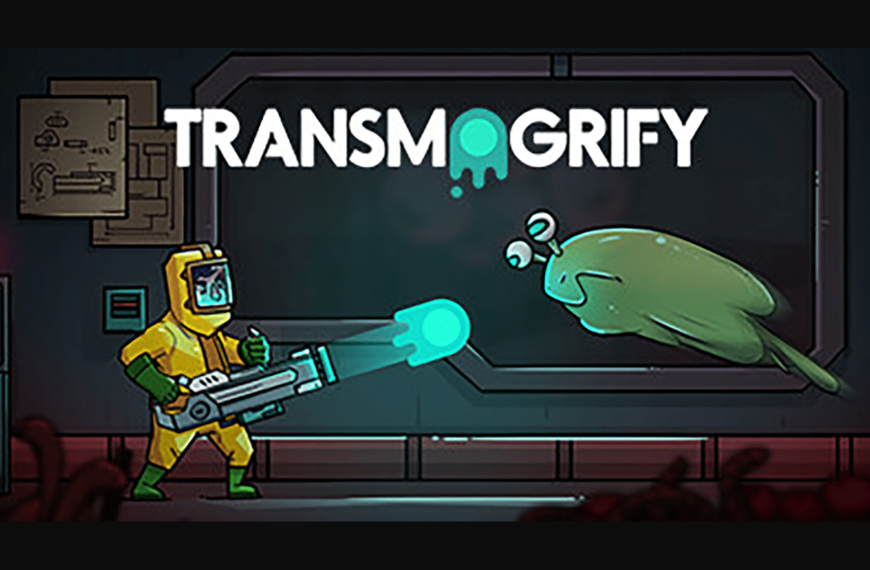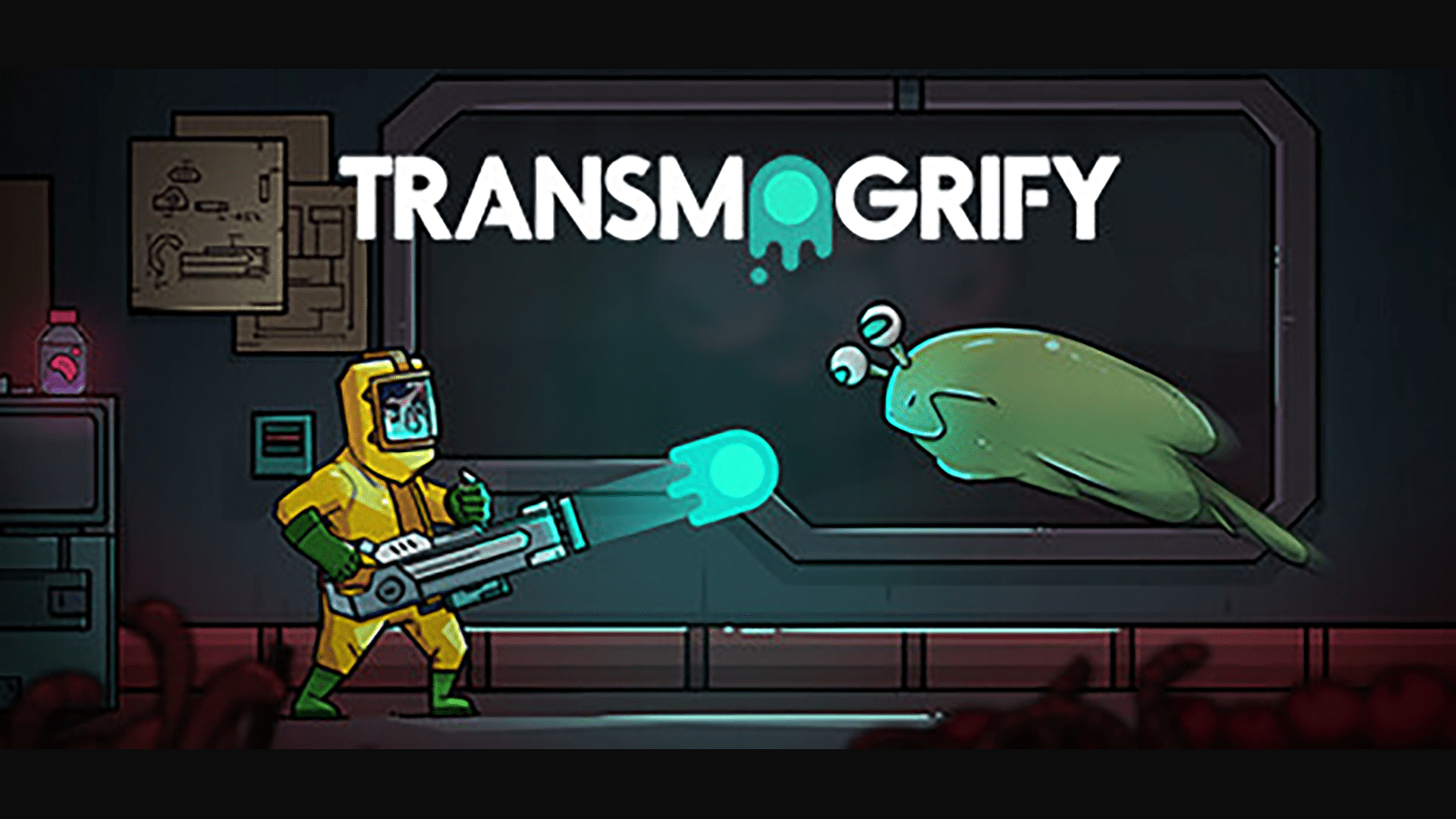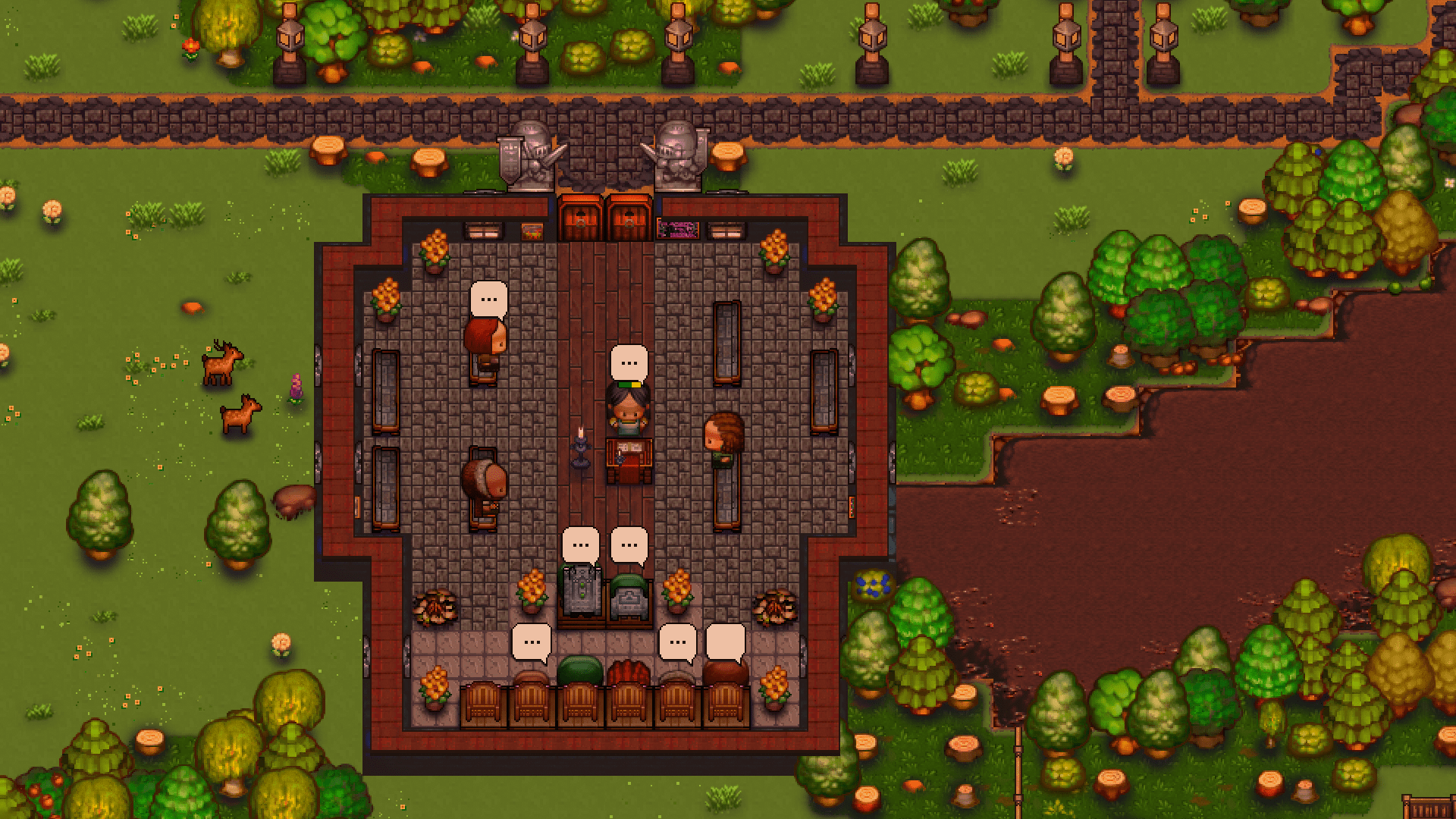Orbit.Industries (yes, that period is supposed to be there) is a resource management strategy game about running your very own space station. As the commander of this station, it’s your job to expand your facilities and use those facilities to complete contract work for various people, as well as for your main client, which serves as your primary objective.
There’s another Indie Game Fans review of Orbit.Industries for Switch. Full disclosure, I have skimmed that review, but only after completing the first mission in the game.
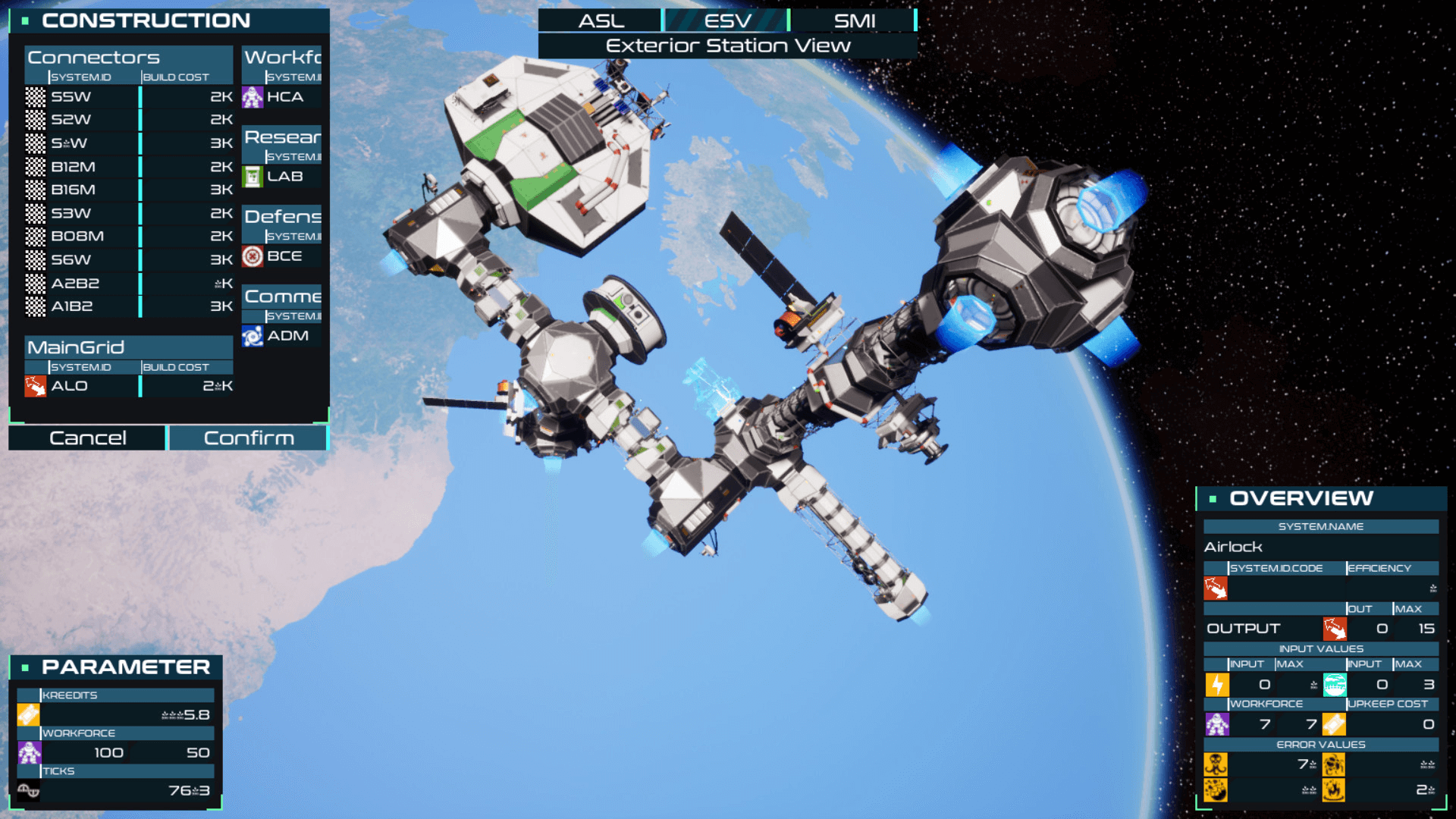
Space, Space, Wanna Go to Space
The first time I loaded up Orbit.Industries, I was overwhelmed. And I feel it worth noting that when you first start playing, you are locked into the first mission in the game, which is by far the simplest and also features a tutorial. It is not solely a tutorial mission, as they let go of your hand and leave you to do the rest, but it is functionally the game’s tutorial. If you aren’t that into strategy or percentages, there’s a good chance you’ll get turned off of this one pretty quickly.
The game’s management systems are not necessarily complex, but there’s a lot of thought behind them that you can see almost instantly, and if you aren’t prepared for it, it feels a lot like being thrown into the deep end right off the bat.
I have, somewhat facetiously, referred to this game as balancing three different spreadsheets. And while that isn’t necessarily incorrect, it glosses over the vast majority of the game. Orbit.Industries, as stated above, is a resource management game. These resources are divided into three broad categories via the game’s multiple screens. That is to say, you flick between different views to manage different resources. Three monitors are not required to play Orbit.Industries. In order, you have the wire grid, the actual space station, and the Station Overview.
The wire grid is a really cool system that people can and have made entire games around. For Orbit.Industries, every module on your space station is represented by a chip on a circuit board. By hooking these chips together so that they’re getting enough input, they will either output something else you can use on this screen or provide a service for the Station Overview.
The Space Station is fairly straightforward. You click on the blue glowy bit that shows you where you have room for a new module, then you select the module you want. You pay a small cost upfront and boom! It’s part of your station. Now the trick is not overlapping modules, as well as the fact that there are tiny modules—things that give you stuff like electricity and water—that are necessary for the wire grid but too small for the usual spaces. That’s what the yellow glowy bits are for.
I spend most of my time in the Station Overview screen. This screen is where the magic happens. You want to know how much money you have? Want to know how much you’re spending? Want to see what jobs you can take on to make more money? Or to continue the story objective? Want to research new modules? All this and more is in the Station Overview screen.
Yes, money is a factor in Orbit.Industries. All of your modules have an upkeep cost that you pay every tick (more on that later). So if you don’t want the banks to show up and reclaim your space station because of your debts, you’ll have to do jobs and earn money. I’m sorry, Tim Curry. Space is no longer the one place that hasn’t been corrupted by capitalism.
So what are those ‘ticks’ I just mentioned? They are fortunately not space vermin, but instead a sort of blending of real-time and turn-based gameplay. Basically, a ‘tick’ is a ‘turn’ that passes in real time without your input. So every ‘turn’ of the game, you pay your upkeep and progress your various projects in the Station Overview slightly. Your ability to control these ticks is limited to three different speeds: Paused for when you’re getting your bearings or doing something complicated, Normal for when you’re doing that but you also want your projects to be going, and Three Times Speed for literally all other times. Who has the time to wait the like two or three seconds every tick when your projects might be 60 to 300 ticks?
The gameplay in Orbit.Industries is entirely based around keeping these books balanced. If you want to make money, you need modules. If you want your modules to work, you need to keep your wire grid wired efficiently. Slow and steady is the key to success. The projects in the Station Manager screen pop up in their own time (but you’ll never run out). The catch is that very few of them pay enough that you’ll earn a profit by doing that project and that project alone. Upkeep costs will outpace pretty much all the low-paying jobs, which is most of them. Fortunately, you can do multiple projects at once.
But I have deceived you, reader! For there is another important resource I didn’t mention! Your workforce! That’s right, these aren’t any automated systems! Some poor schmuck has to make my machines work so I can earn money! Workforce is produced by a specific module that you have to power like any other, and all of your non-workforce chips—excluding some of the utility ones like batteries—requires a certain number of people to manage. This is drawn from your total workforce pool.
So there you have it. A simple but well executed resource management strategy game. But there is one thing that I find frankly mind boggling. It is possible for your modules to experience ‘errors.’ Now, from the name, you would think that these are some kind of malfunction, but I keep having aliens attack my space station and that doesn’t seem like an ‘error’ to me. I don’t think my tech support is equipped for that. These errors pop up at random and decrease the output of the affected module for the duration—in ticks, of course.
But there’s nothing you can do about errors. And that’s weird to me. You can’t even really prepare for them as well as you might think. I saw a later game module that might help reduce the damage but I haven’t unlocked it to be sure. The main solution to errors is to put up bulkheads around your space station to prevent the error from spreading to other modules. Did I not mention that these random errors you can’t control can spread to other modules? Because these random errors you can’t control can spread to other modules. And it is very annoying. You basically can’t interact with errors. If you have bulkheads, great, you’ve minimized an error in the future. But that’s functionally the limit of your ability when it comes to these things. You have no active means of containing or resolving them. I find this a very odd design decision, but maybe it’s to help with the strategy and planning feeling?
Also these errors can and will off some of your workforce, and you can find a list of the deceased, complete with their name and job title in the Station Overview, and that feels weirdly personal given how little you can do about errors.
Orbit.Industries does feature multiple difficulty sliders, one for how much revenue you get for projects and the other for the frequency and severity of errors. So if you’re like me and would prefer your equipment works as advertised, you can turn them down. Or you can turn them up if you want to roleplay playing a Bethesda game. I won’t judge.
You know, I think it’s a good sign that I never once thought about the game’s controls. Okay, that’s a lie, I didn’t know them a few times in the wire grid, but it lists them at the bottom of that screen anyway. But the mouse and keyboard controls are excellent here.
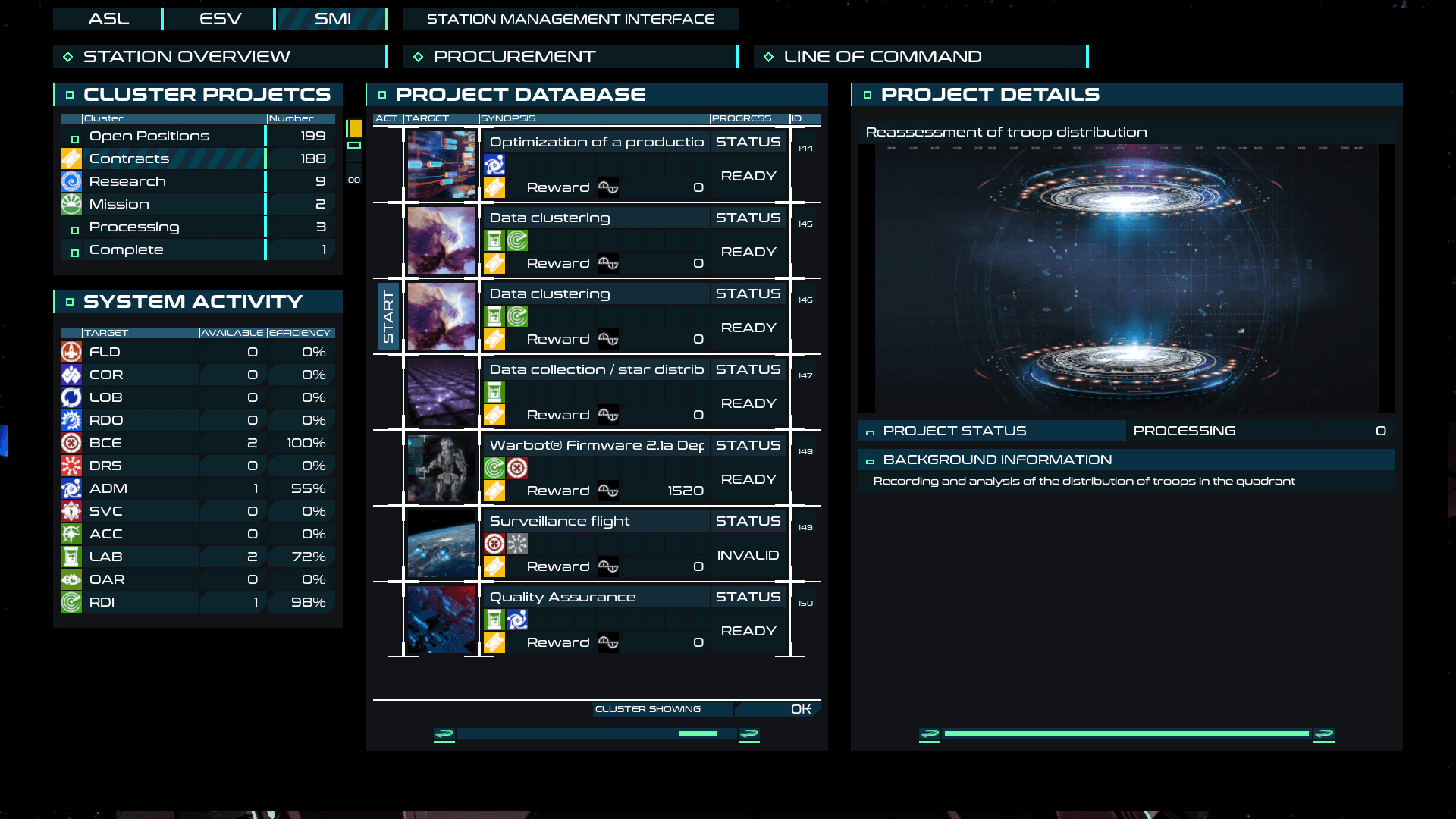
The Final Frontier
Hey did you know that space is pretty? Like, really pretty? No? Go look at some Hubble pictures on NASA’s website, they’re all public domain.
Are you back? Good. Orbit.Industries has a really pretty space environment. Not only that, but you’re orbiting a planet, and you can see that in full detail as well on the space station builder screen. I saw the moon orbiting the earth once and I was struck by how much effort went into making space look gorgeous in this game. It’s very nice. Though I have to admit that since I spend most of my time in the wire grid and the Station Overview, I don’t often get to look at the pretty skybox the developers made for me to enjoy.
The Station Overview has some really nice HUD and User Interface to it. Once you’ve wrapped your head around just how many things there are in this game, you can tell at a glance what any given project needs. Not to mention how every project gets its own cover art. That’s probably the best way to put it.
Also Read
Transmogrify PC Review: The Best Way To Defeat An Enemy
A video game protagonist wakes up in an on-fire science lab with nothing but an AI and a high-tech gun to…
Defy the Gods as a Witchy Moon Goddess in Hades 2
Greek-mythology-themed roguelike Hades is getting a sequel, but developer Supergiant has kept the details scant beyond a Hades 2 reveal trailer…
I really like how the wire grid looks. The grid is a series of evenly spaced dots instead of lines, since you’re gonna be the one connecting those lines and we don’t want anyone getting confused. I know I confused myself enough with some careless wiring, I don’t need the game doing it for me. Which, again, it did not. It’s too well designed for that.
Each chip on the circuit grid is highly detailed, but you can zoom out for a simpler view as well, and no matter how you’re looking at the chips they look great.
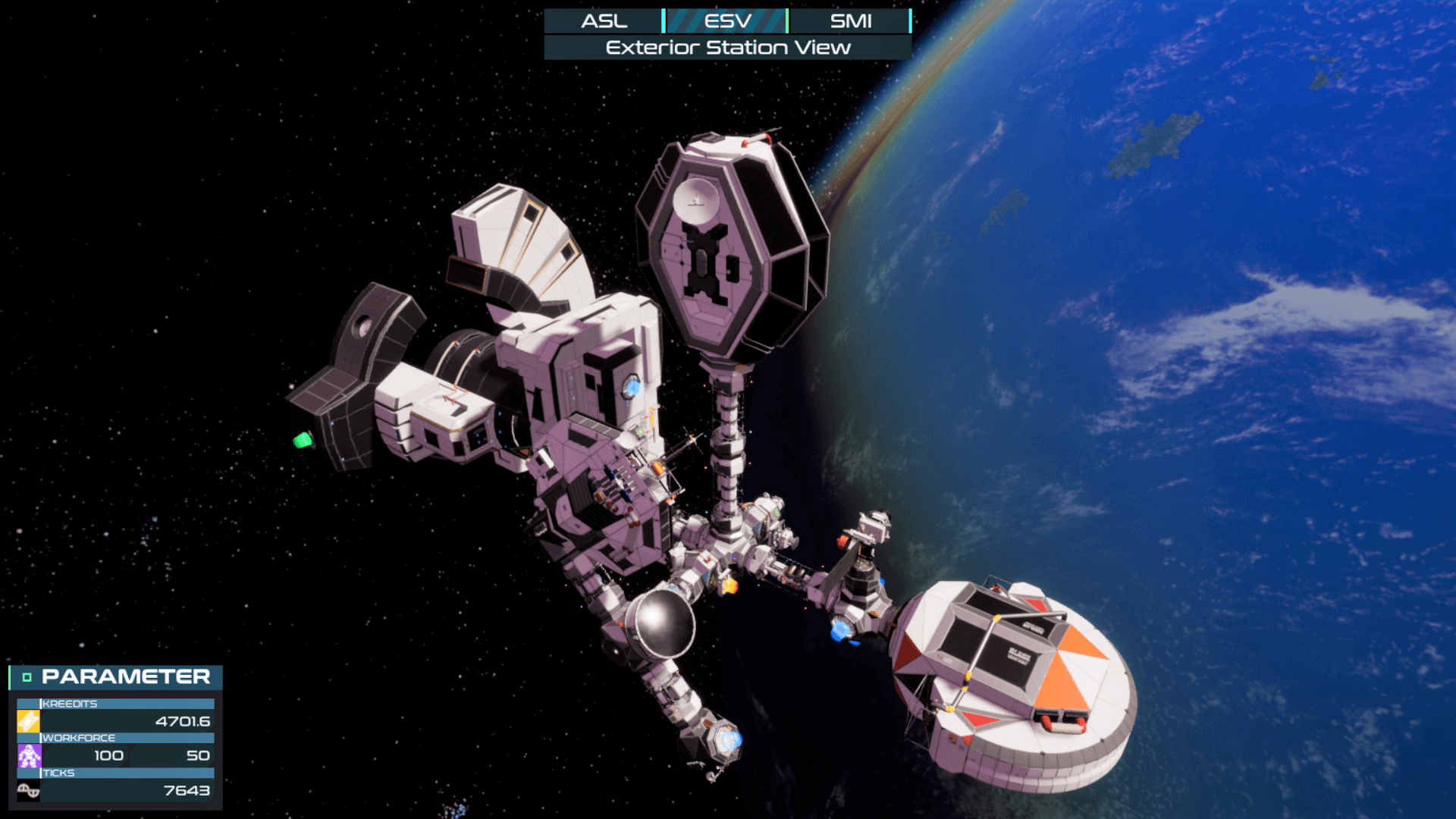
In Space, Everyone Can Hear the Music
Orbit.Industries has some really good music. It features a number of epic, swelling melodies combining a variety of instruments. My favorites are the ones with a single lead instrument going absolutely ham over some kind of synthetic percussion. Like, this is a strategy game where you don’t really fight anyone, you just manage your own station and hope for the best. I don’t understand why they went this hard on the soundtrack.
The game’s sound effects are also really good, and they’re sued well. Putting down chips, completing projects, adding new modules to the ship, they all sound appropriate for the game.
The audio is also where the game’s story is, though I use that word loosely. Every mission in the game is a series of projects in the Station Overview. You are then briefed on how the story has progressed by the station’s AI. This is fine, but it feels very impersonal when I deal with the plot the same way I deal with any trivial job in the game. There’s a reason I don’t have a dedicated narrative section in this review.
But if I have to hear the station AI recommending that I construct new workforce modules while I am in the process of constructing new workforce modules, I might riot. Actually, I wonder if that’s why those aliens keep attacking me.
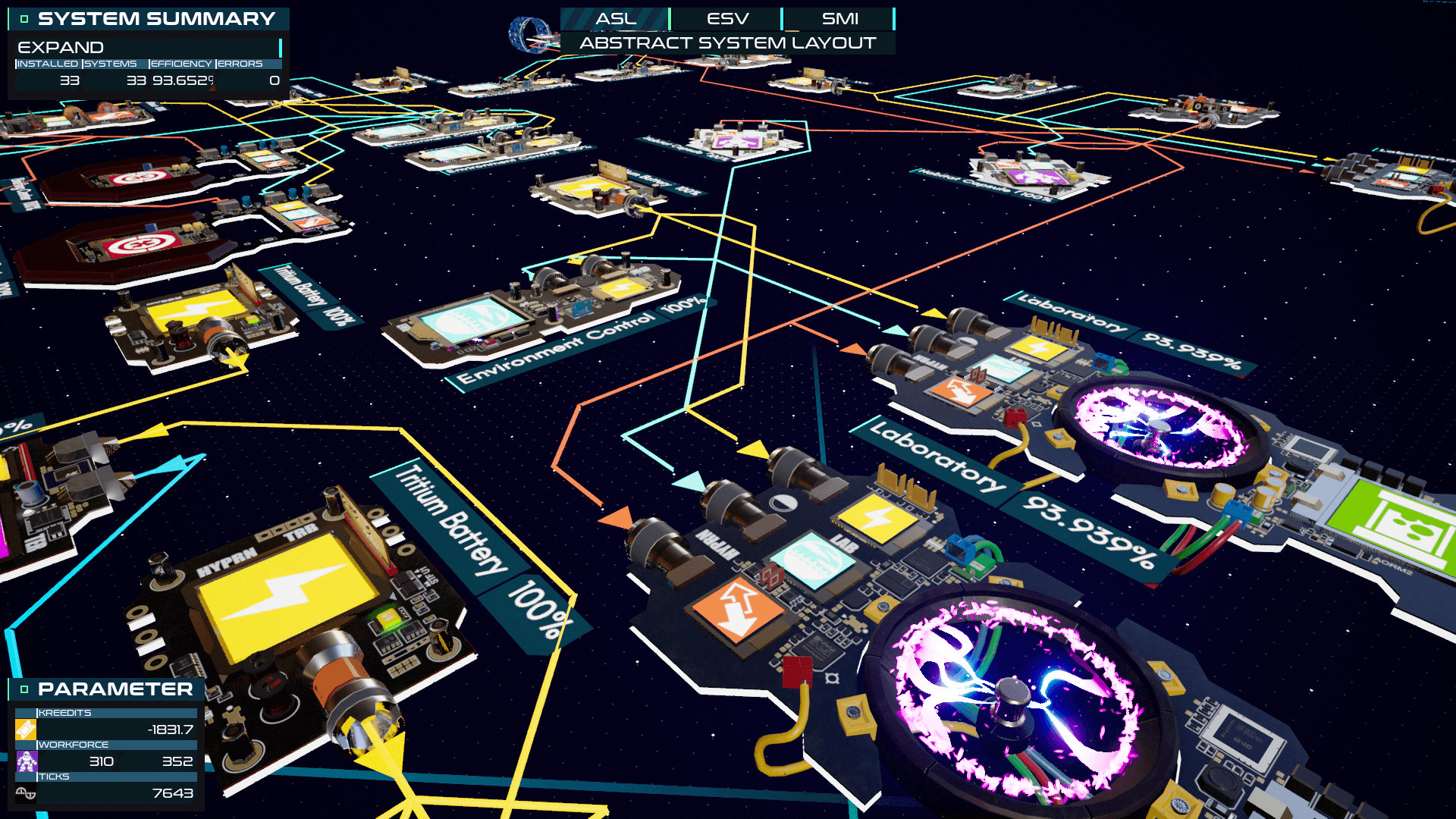
Conclusion
Orbit.Industries is a very competent resource management game, and a good time if you really enjoy creating and optimizing your own machines in video games. I recommend you take some time to get to grips with the game during that first mission I mentioned earlier.
Our Rating
Visuals
Sound
Gameplay

